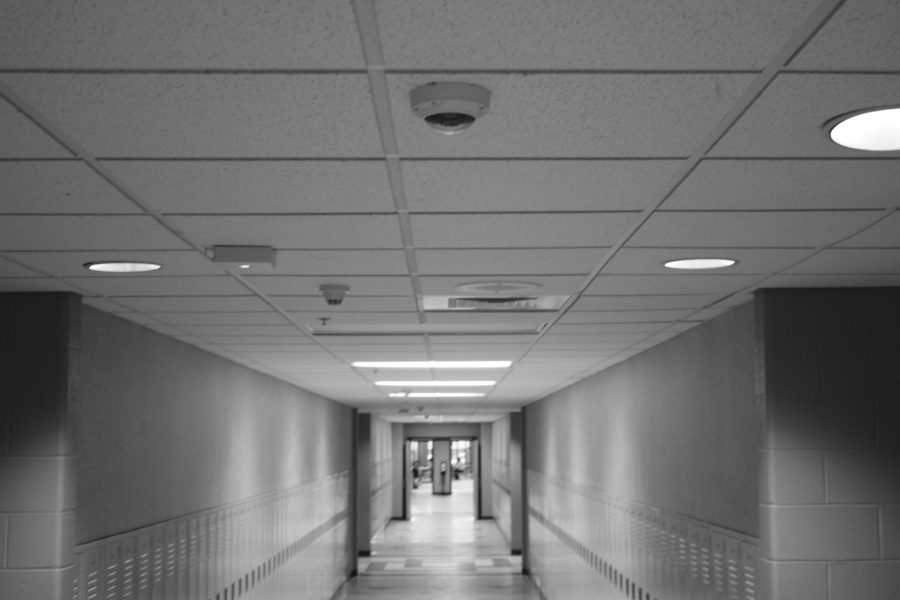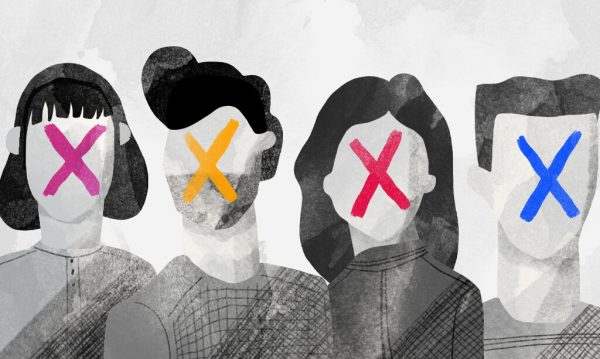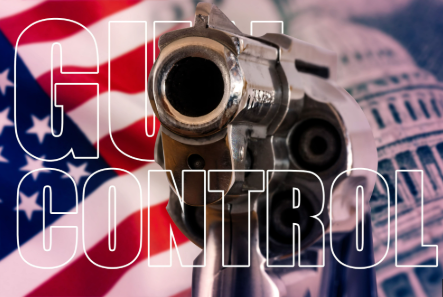Cameras Do Not Improve Safety But Ensure Security
New security cameras prevent hazards such as theft and vandalism, but do not improve student safety.
Until the signs are posted outside of all the school doors — signs like “All activities will be monitored by video cameras” and “Security cameras in use” — the 19 cameras at Walpole High School and the ones at other Walpole Public Schools cannot record.
Authorized by the Walpole School Committee, these cameras are intended to enhance both “school safety and security” of the Walpole Public Schools, according to Walpole’s School Security Camera Protocol. At any point, a principal or Superintendent Lincoln Lynch may log in to a website from their personal computer to review that footage for “documentation in an ongoing investigation” — but not for “the purpose of initiating investigations.”
However, while this protocol answers many community questions regarding the privacy of student images and protocol for reviewing material, two questions remain: Do these cameras make these schools safer, and do these cameras improve security?
Although these cameras received approval in the wake of the Newtown tragedy — which resulted in the deaths of 20 young children and seven teachers — they actually will not prevent such an attack.
Administrators obviously care about the safety of students here in Walpole; however, school shootings happen very — let me stress — very quickly. To prevent an attack, a person with a keen set of eyes must pore over the monitors at all times of the day searching for bags concealing weapons or potential shooters. However, no school employs this keen observer. Only authorized personnel have access to the recordings, personnel that can only access the material if there is an “ongoing investigation.” With a shooter then, these cameras do not act as a preventative measure.
For example, Columbine High School, a target of one of the worst school shootings in US history, had security cameras. While the footage helped law enforcement in the lengthy-post investigation process, did they help locate Eric Harris and Dylan Klebold during the horrific incident? Did the cameras slow the two seniors down and save 12 students and one teacher from dying that day? Everyone knows the grim answer to these questions, and the addition of 18, 19, 20, or 100 cameras does not change this terrible reality.
On the other hand, these cameras do improve the appearance of safety. With security cameras in all schools, the Walpole Public Schools appear as safe as more affluent schools that have security cameras. They still do not ensure safety, nor could they change this truth: that there is no such thing, nor will there ever be, of utter, flawless security. Life is too unpredictable. No one has a magic 8 ball.
Hence, while the security cameras do make parents and the community feel safer, these will definitely improve the security of school and student property. Once or twice a year, administration at the high school deals with instances of graffiti in the bathrooms and on the property, or they deal with theft from students’ lockers. In regards to both of these problems, these security cameras will improve the security of school and student property as a deterrent to theft and vandalism.
Last year, however, in the days leading up to graduation, unknown individuals spray-painted hateful comments on the Turco Field, bleachers, and walls — comments which were covered up by the Department of Public Works in time for graduation, but comments which can still be discerned by a perceptive eye. After such an embarrassing display of vandalism before the most significant ceremony at Walpole High School, one logically assumes that administrators would want to improve the security of the field.
However, when installing the 19 cameras at Walpole High School, the school did not install one at Turco Field or the John E. Lee Press Box — two of the largest community-funded projects in town. Currently, they have one camera at the tennis courts, but it lacks the range to ensure the security of one of the community’s most sacred spaces.
So, recycled arguments about protecting kids and teachers and preventing attacks do create an appearance of safety, but the modern, American truth is that no one can prevent the unpreventable. Unless Walpole wants to pay numerous security officers to watch the monitor footage, these cameras will do little as a preventative measure. However, these cameras will improve security of school and student property. While students may put up signs in protest of their presence, these security cameras will likely only increase in number. Now — instead of protesting something that cannot be changed, students should educate themselves on these changes to security, and the community should advocate for greater security of its most prominent assets.








